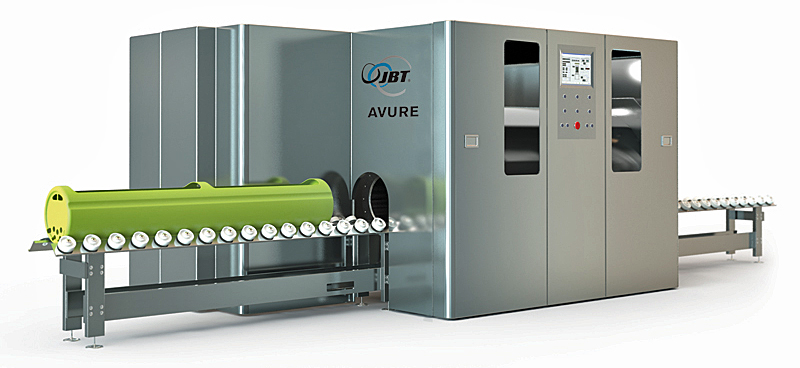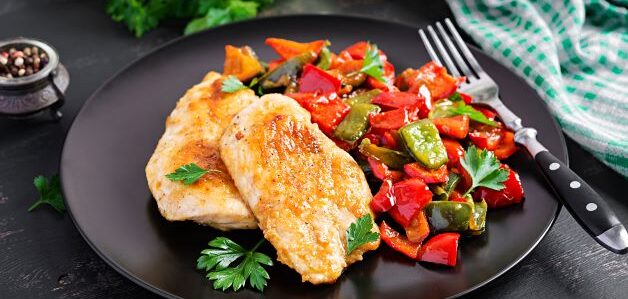Globally, High-Pressure Processing (HPP) has been adopted across significant areas of the food industry, delivering a food-safe solution for products including juices, baby food and sea food. But were you aware that HPP can also deliver significant benefits for meat and poultry processors?
As a clean-label technology that is highly effective for sterilizing a wide range of products without any negative impacts on flavor, color or texture, worldwide adoption of HPP is on a significant upswing with increased ownership from food manufacturers and the growth and expansion of the HPP service providers.
This growth is driven by HPP’s food safety and extended shelf-life enabling companies to reach new markets and reduce spoilage, and the increased efforts by food manufacturers to meet consumer demands for natural, preservative-free foods.
How it works
So how does HPP work? JBT Avure’s HPP technology uses pure water at incredibly high pressures – of up to 6,000 bar or 87,000 psi – to neutralize food-borne pathogens, like listeria and E. coli without preservatives or chemicals.
More than this, HPP can extend shelf-life by up to 90 days: that’s as much as two or three times longer than traditional preservation methods, while at the same time helping retain food’s natural nutrition, freshness, texture, and flavor.
How HPP can help
Already widely in use in the RTE meat and raw protein (pet food) segments, HPP’s potential in improving food safety is backed by strong evidence. Bacterial contamination by potentially lethal pathogens such as Listeria monocytogenes, Salmonella and E. coli O157:H7 have caused multiple product recalls over recent years. Such contamination can ruin a reputation. More importantly, they can also cause widespread illness and even death.
The use of high pressure as part of the HPP process inactivates harmful and deadly pathogens. And because HPP processes meats in the final consumer package (vacuum and modified atmosphere packing), it eliminates the risk of cross-contamination, and improves efficiency on the production line.
Using HPP also enables processors to comply with stricter USDA regulations aimed at pathogen reduction in raw meat and poultry products.

Boosting shelf-life
As JBT Avure’s Errol Raghubeer explains, a further important economic benefit of using HPP for controlling food borne pathogens is the concurrent inactivation of spoilage microorganisms.
This, he says, results in a more than doubling of shelf life and an extension of the quality of the treated products.
“This significant “side effect” had been a major driver for the implementation of HPP because of the huge return on investment,” says Raghubeer. “Processors not only have the means of getting longer microbiological shelf life, but are able to reduce or eliminate chemical preservatives and offer their customers higher quality products that maintain “recently produced” organoleptic characteristics throughout the shelf life.
“Non-HPP products tend to lose sensory attributes such as taste, color, and texture as shelf life nears its end.”

